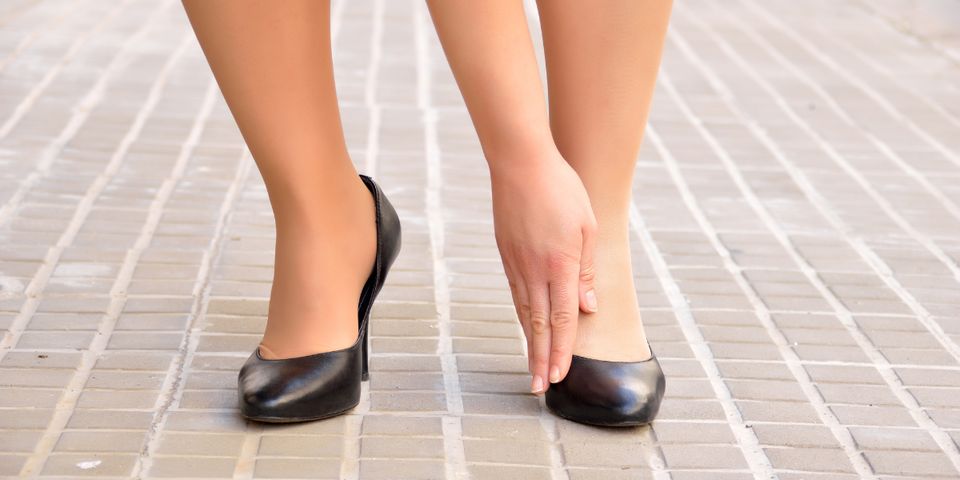
Bunions are bumps that form along the outside of the big toe. They can cause discomfort and may even impact walking and other activities. If you suspect that a bunion may be the cause of your foot pain, consult a podiatrist for a specific diagnosis and treatment plan, but here’s a general guide.
A Basic Guide to Bunions
How can I tell if I have a bunion?
Unlike other foot bumps and painful spots, a bunion is a bony lump that forms right at the outside joint where the big toe connects to the foot. The lump actually forms at the joint, so it is not a skin-level deformity. If you notice pain in this spot, a podiatrist can examine it and offer an informed diagnosis.
What causes bunions?
Bunions form when pressure on the big toe joint leads to inflammation over time. This often occurs when a person wears poorly fitting shoes or high heels that push the toes in toward the foot. Foot injury and arthritis can also cause inflammation that increases the likelihood of bunions.
How are bunions treated?

Reducing pressure on the toe joint often relieves symptoms and prevents bunions from getting worse. This may mean purchasing better fitting shoes or orthotics. There are also bunion pads to prevent the lump from rubbing against shoes. Severe bunions may be treated with surgery, so see your podiatrist to determine the best path for each case.
How can I prevent future bunions?
To stop bunions from forming or prevent them from getting worse, make sure your toes are not pushed together in your shoes. This may mean purchasing wider shoes and avoiding those with pointy toes or high heels. While at home, avoid shoes altogether and move your toes freely to keep the joints loose and active.
If you’re looking for a podiatrist to diagnose or treat bunions, contact High Point Foot Center in North Carolina. The foot clinic provides personalized care to each patient, offering solutions ranging from rest or rehab to surgical procedures. Visit the website to see a full selection of services. To make an appointment, call (336) 882-2070.
About the Business
Have a question? Ask the experts!
Send your question

